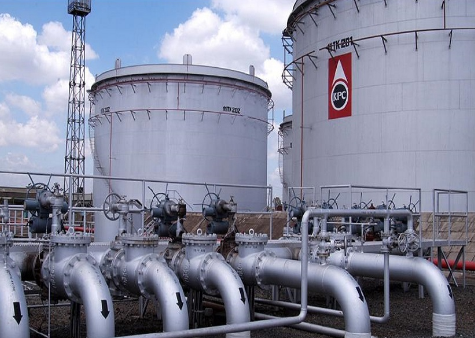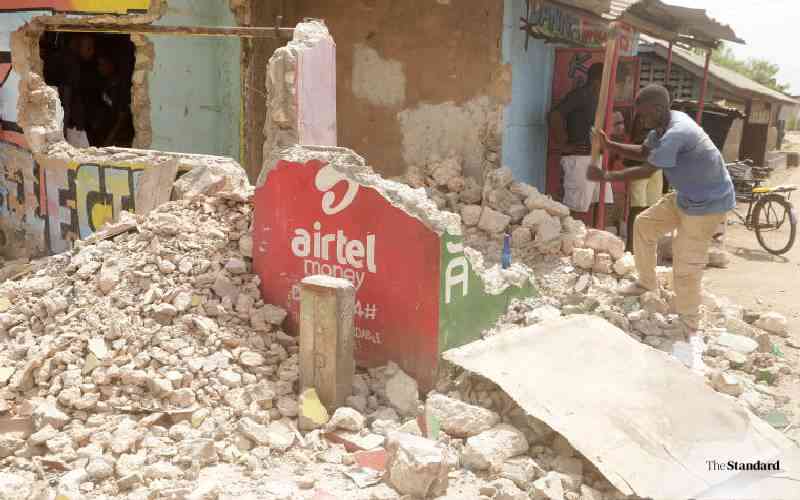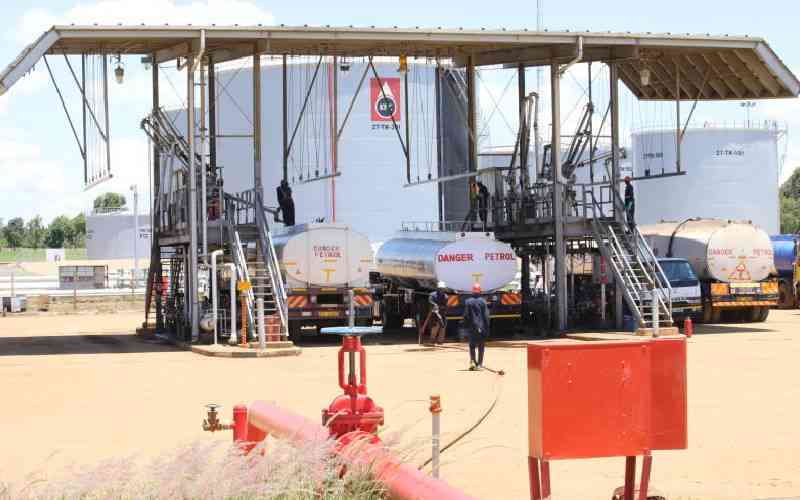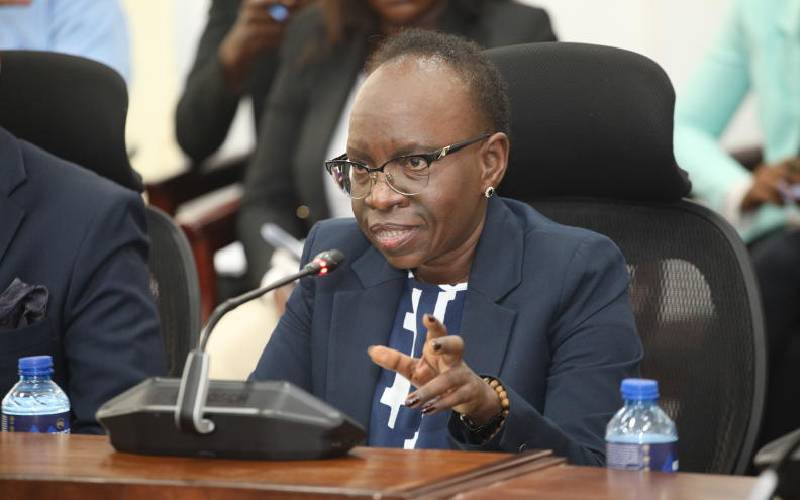
The newly constructed storage tanks at the Kenya Pipeline Company (KPC)’s Nairobi Terminal have brought down the country’s demurrage costs by 50 per cent. The exciting news could not have come at a better time as we mark the International Day of Petroleum today.
The government, through KPC, has over the last couple of years undertaken a number of essential petroleum infrastructure projects to enhance availability of fuel in Kenya and neighbouring countries.
These include replacement of pipelines, enhancement of storage capacity and investment in loading facilities to create sufficient and efficient oil and gas infrastructural systems to provide the country with adequate, reliable and cost effective supply of petroleum products.
Given the fact that the increase in local and regional demand for petroleum products has in recent years not been matched by the development of requisite infrastructure to meet supply chain and market requirements, the recent completion of four new storage tanks by KPC in May 2018 with a capacity of 133 million litres remains a landmark in Kenya and the region. The Sh5.3 billion project commenced in November 2014 following the award of the contract to Prashanth Projects Ltd (PPL).
Now fully operational, the new tanks have, besides guaranteeing security of supply of petroleum products for Kenya and the region, also enhanced operational flexibility and increased tank turnaround at Kipevu oil storage facility in Mombasa, resulting in more ullage creation and significant reduction of demurrage charges. Demurrage charges are incurred as vessels are forced to wait at the Mombasa port to discharge fuel into KPC’s system because of insufficient capacity.
But what are the specific benefits of this multi-billion shilling investment? In June this year, just before the tanks became operational, the country’s demurrage costs were at a monthly average of Sh154 million. But in October, this monthly average had significantly come down to Sh79 million. This is an almost 50 per cent reduction in the costs that have dogged the country over the last four decades.
With this sharp fall in the country’s demurrage charges, it is expected that Kenyans will soon start paying less for fuel because demurrage costs are usually factored into the pricing by the Energy Regulatory Commission (ERC). At the moment, tanker owners charge marketers demurrage penalty which adds to about Sh1 per litre due to insufficient ullage (storage space).
Higher volumes
The four additional tanks – each with a capacity of 33.4 million litres - were constructed to provide sufficient capacity for receipt of higher volumes of diesel and super petrol products following the recent completion of the new Mombasa-Nairobi pipeline popularly known as Line 5.
The new line, completed on June 30, is already operational and currently running at 800,000 litres per hour. We are working towards attaining the targeted installed flow rate of one million litres per hour before the end of the year.
The completion of the Sh48 billion Line 5, the country’s second largest infrastructural undertaking after the SGR, also raises hopes of lower fuel prices because it has already eliminated the truck bridging component in the fuel cost as from September.
The line is also expected to remove hundreds of trucks from the roads. Line 5 has four new pump stations in Changamwe, Maungu, Mtito Andei and Sultan Hamud and two booster pumps in Kipevu. The stations are complete with new firefighting systems and other energy efficient equipment and pipeline monitoring technologies.
The four additional tanks have more than doubled the KPC Nairobi Terminal’s storage capacity of diesel and super petrol from the earlier 100 million litres to the current 233 million litres, effectively providing sufficient capacity for higher volumes. The new 20-inch pipeline will ensure sustained, reliable and efficient transportation of petroleum products in the region over the next three decades.
Experts agree that the new tanks and Line 5 will adequately serve Kenya and the region’s petroleum demand, which is projected to be 11.4 billion litres in 2020 and 24.5 billion litres in 2044 by gradually bringing down the cost of fuel and by extension the cost of living.
Stay informed. Subscribe to our newsletter
This will in turn boost the economy as we aspire to meet the socio-economic targets enshrined in Vision 2030.
- The writer is the Managing Director of Kenya Pipeline Company. [email protected]
 The Standard Group Plc is a
multi-media organization with investments in media platforms spanning newspaper
print operations, television, radio broadcasting, digital and online services. The
Standard Group is recognized as a leading multi-media house in Kenya with a key
influence in matters of national and international interest.
The Standard Group Plc is a
multi-media organization with investments in media platforms spanning newspaper
print operations, television, radio broadcasting, digital and online services. The
Standard Group is recognized as a leading multi-media house in Kenya with a key
influence in matters of national and international interest.
 The Standard Group Plc is a
multi-media organization with investments in media platforms spanning newspaper
print operations, television, radio broadcasting, digital and online services. The
Standard Group is recognized as a leading multi-media house in Kenya with a key
influence in matters of national and international interest.
The Standard Group Plc is a
multi-media organization with investments in media platforms spanning newspaper
print operations, television, radio broadcasting, digital and online services. The
Standard Group is recognized as a leading multi-media house in Kenya with a key
influence in matters of national and international interest.









